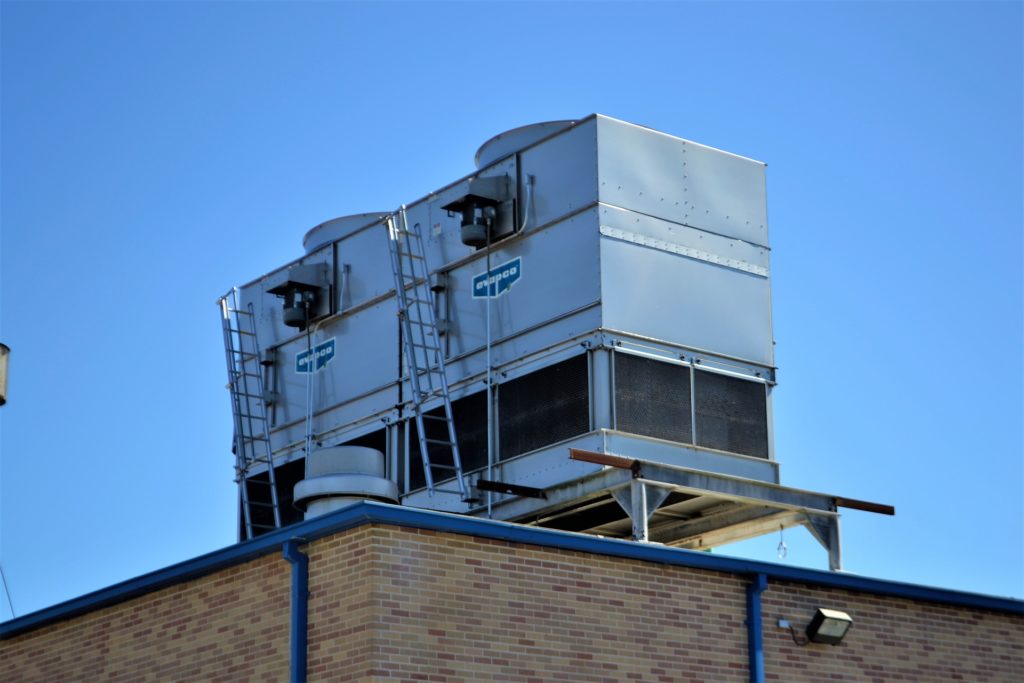There are many similarities and many differences between commercial roofing and residential roofing. It is no surprise that commercial buildings are much different than residential buildings for a variety of reasons. Commercial buildings are often much larger, with different footprints that are required to sustain the larger building frames. While there are similarities between the two, commercial roofing is much more demanding. Therefore, the projects differ quite wildly. Commercial roofing is a beast in itself! To help, the following examines the vast differences between the two types of roofing projects. As a result, this info ideally provides a better understanding of what truly goes into a commercial roofing project.
Size and Scope of Commercial Roofing Projects
It goes without saying that the traditional commercial building is much larger with a wildly different footprint than a residential home. Often, the roofs of these commercial buildings have a much more gradual slope, often even flat. This changes how roofers’ approach these projects compared to residential properties. Due to their size, commercial roofing projects take much longer to complete because of the sheer surface area. Therefore, these projects do not have the average day turnaround like a residential home. Likewise any commercial roof repair needs also take more time, materials and resources than a residential roof repair.
Materials Used
Typically, commercial buildings utilize different types of roofing materials than residential properties. For example, commercial roofs often use rubber, which can be more durable than asphalt, and help in water shed. Due to the lack of pitch, rubber prevents water from pooling on roofs and ultimately leaching into the materials beneath it. If one were to use asphalt on these projects, water would penetrate the roofing system much easier because they are designed to shed water, not hold it.
Design
Much like size and materials used, the design of a commercial building is much different than a residential home. This requires a different skillset for roofing. For example, commercial properties traditionally use rubber because of its lifespan and durability. At the same time, there are often many features of a commercial roof that impact how the material is laid. For example, a climate-controlled warehouse will have many refrigeration units that the contractor must take into account when laying sheets of material. Also, commercial roofing requires a more active cleanup due to the lack of water shed. It is imperative to properly clean commercial roofs at regular intervals to keep the rubber material healthy and free from debris and growth.
Bidding and Permitting
With commercial projects, there is often a bidding process that occurs between a certain amount of contractors. This differs from an average homeowner shopping around. In commercial roofing projects builders weigh their options based upon many factors. For example, from licensing, to price, and overall quality, builders look for more specific responses from roofing contractors. Permitting for commercial properties is also different than residential roofing permits. As a result, this adds to the differences between the two types of projects. For the most part, a roof is a roof when it comes to keeping water out of a structure. Commercial roofing requires a much different skillset and application process than a traditional asphalt roofed home.
For 20 years, Ranch Roofing has been a leader in both residential and commercial roofing in the greater Boston area, even calling Arlington, MA home for a majority of that time. For a free estimate for your residential or commercial roof, contact us today.

